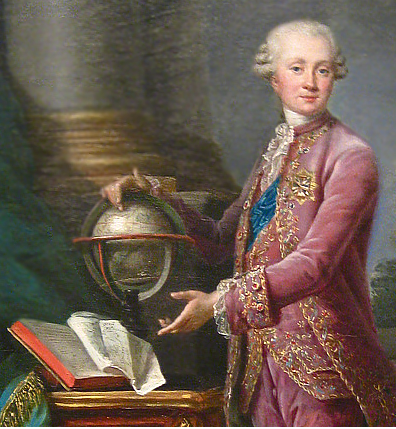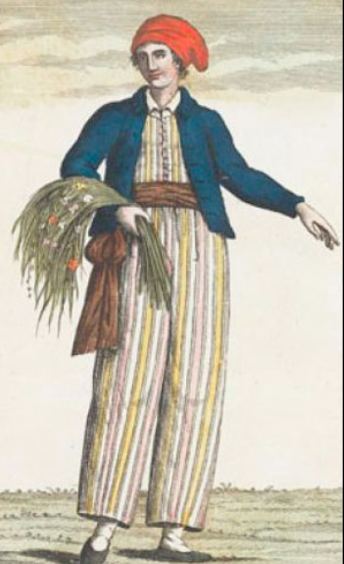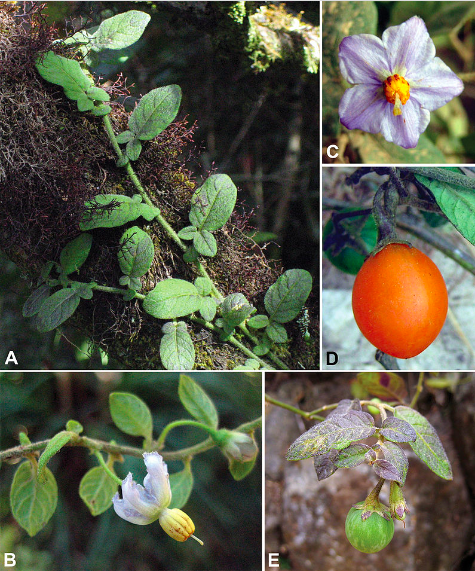Sailing around the world? Why you should keep your pants on!

Bougainvillea, the spectacularly colourful evergreen shrub, is prized by gardeners everywhere. It was first described by French botanist Philibert Commerçon and named after Admiral Louis-Antoine de Bougainville. Commerçon accompanied the Admiral on a voyage around the world. Also on the expedition was a woman — Commerçon’s assistant. They were so determined to hide her gender from the rest of the crew — that she always dressed as a man.
French colonial & botanic expeditions
Admiral de Bougainville was asked by King Louis XVI to go on an expedition in the hope of discovering new territories for France. The Admiral also invited doctor and plant enthusiast Philibert Commerçon to join him.
The botanist, who was often in poor health, and Jeanne Barat, his nurse, assistant, and paramour, found this a bit tricky because a Royal ordinance forbade women on board French navy ships. Their workaround was for Jeanne to change her name to Jean. she needed to disguise herself as a boy. This got her the job as Commerçon’s helper, and they set sail on the ship Étoile in a flotilla from Nantes in 1766.


Barat, also a keen botanist, shared a cabin with her boss, but gossip and innuendo soon spread about her sexuality. She tried claiming to be a eunuch, but her true identity — and sexuality — was eventually exposed when the ships reached mid-Pacific.
Although accounts differ in the detail, Bougainville recorded in his log that “Jean” was recognised as a woman by a group of Tahitian men. A conflicting version by the ship’s surgeon François Vivès tells us that she was tumbled in New Ireland, or Papua New Guinea, where she may have been molested by local men.
The unveiling of Baret
After running desperately short of supplies crossing the Pacific, the expedition made a long stop at Mauritius — then known as Isle de France. Commerçon discovered an old friend was serving as Governor. When Bougainville eventually left the island for France, Commerçon and Baret were invited to remain behind as the Governor’s guests.
The two botanists spent their days collecting and logging plant specimens on the island. They also went on expeditions to Madagascar, which Commerçon dubbed a naturalists’ Promised Land.
It is there that nature seems to have retreated as into a private sanctuary, to work on different models from any she has used elsewhere.
Commerçon recorded.
But his health continued to deteriorate. After he died, Baret seems to have established herself independently on the island. She was granted property and ran a tavern in Port Louis, where she married Jean Dubernat, a non-commissioned officer in the French Army.
It is thought that Baret returned to France and settled with Dubernat in his native Dordogne sometime in 1775.
Gender inequality impact on botanists
More than 6,000 of Barat’s plant specimens are now housed in the French national herbarium, the Muséum national d’Histoire naturelle in Paris. Eighteenth-century gender inequality was doubtless the reason for over seventy species being named in honour of Commerçon himself, while only one species honours Baret. In 2012 American botanist Eric Tepe decided to call a recently-discovered South American climber after her: Solanum baretiae.

Baret: First woman to circumnavigate the globe
But fortunately, Louis XVI had also somewhat put the record straight by calling her “cette femme extraordinaire pour avoir été la première femme à faire le tour du monde.” This recognised Baret as the first woman to have completed a voyage of circumnavigation of the globe. The King, however, failed to mention that although Commerçon was her boss, Baret always ‘wore-the-pants’ during their years together on board a ship in the French navy.
Have you ever heard this story before? Please share your thoughts and experiences in the comments below.
Please join me in celebrating that this is the 100th article we’ve published by Ray Johnstone!
That makes history here at MyFrenchLife.org magazine
Congratulations Ray and thank you for your continued support and loyalty
over almost 6 years, from September 2016,
your endless curiosity & desire to constantly be learning is both inspiring and engaging.
You can read more of Ray’s many articles here: His column ‘Perspectives’ is very popular.
And here you can read my interview with Ray.
And I’d like to add my thanks also to Lynne Johnstone for her continued assistance with these articles!
Image credits:
1. Boganvillea via website
2. Philibert Commerçon via wikicommons
3. Jeanne Baret – Unkwown – 18th century print. Originally found in Navigazioni di Cook del grande oceano e intorno al globo, Vol. 2 (1816).
4. Solanum baretiae – Tepe E, Ridley G, Bohs L (2012) – Tepe E, Ridley G, Bohs L (2012) A new species of Solanum named for Jeanne Baret, an overlooked contributor to the history of botany.
PhytoKeys 8: 37-47. doi:10.3897/phytokeys.8.2101
Solanum baretiae Tepe. A Habit B Flower showing reflexed corolla and bud C Flower with flat corolla D Mature fruit E Immature fruit; note mottling, which is absent in the mature fruit. [A–B Tepe and McCarthy 3346; C Tepe et al. 2885; D Bohs et al. 3735; E Tepe et al. 2888].






